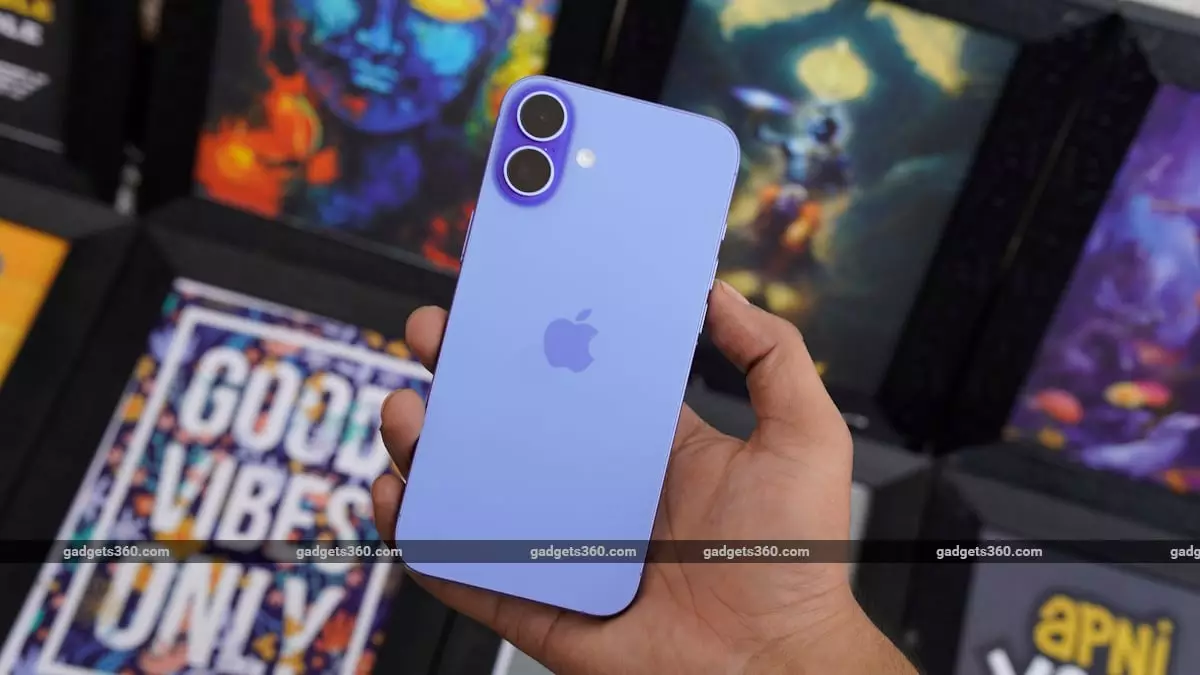Every year, when the retail giants orchestrate their mega sales, consumers are promised a cornucopia of discounts and irresistible deals. Flipkart’s upcoming GOAT Sale 2025 is no different. Announced to start at the stroke of midnight on Saturday and running through July 14, this event appears to beckon shoppers with the allure of significant savings on electronics, smartphones, and gadgets. But beneath this enticing veneer lies a complex blend of marketing tactics and strategic positioning that can often obscure the real benefits—if there are any—hidden behind the promotional flash.
While Flipkart emphasizes accessibility—making the sale available to all—such promises often disguise the underlying reality. For many consumers, the thrill of early access for Flipkart Plus members and the offer of instant discounts using specific bank cards are less about democratizing savings and more about incentivizing loyalty programs and repeat purchases. This subtle stratification can deepen the digital divides, with only a certain segment truly positioned to benefit from the perceived bargains. It’s essential, therefore, to question whether the “sale for all” statement masks a deliberate stratification that favors the digitally savvy and bank-linked.
The Illusion of Bargain Hunting in a Competitive Circus
The proximity of Flipkart’s sale to Amazon Prime Day 2025 sparks an immediate question: are these events genuinely about securing the best price for consumers, or are they merely strategic marketing battles driven by corporate egos? Both retail behemoths know that shoppers tend to prioritize convenience and perceived exclusivity more than pure savings. The reality is, while prices are slashed temporarily, most deals are calibrated within a narrow margin—designed to create urgency rather than actual affordability.
Furthermore, the emphasis on premium brands like Nothing, Apple, Samsung, and Motorola raises questions about accessibility. High-end devices on sale are often still out of reach for the average buyer, with discounts that do little to change the fundamental affordability gap. The promotional tactics—like promising iPhone 16 at under Rs. 60,000—are crafted to tempt those who are already considering premium upgrades, rather than genuinely accommodating value-seeking consumers. This perpetuates a cycle where sales are more about brand positioning than democratized savings.
The Real Cost of “Discounts”: Are We Falling for Marketing Ploys?
Discounted prices during such sales are often a mirage. Price tracker tools have consistently shown that discounts proclaimed during big sales are frequently manipulated or are part of pre-sale strategic pricing. For instance, popular smartphones like Samsung Galaxy S24 and Motorola Edge 60 Pro have marginally reduced prices, but savvy shoppers with access to price tracking can often find these deals well before the sale date, rendering the “exclusive” discounts somewhat hollow.
Additionally, the so-called “instant discounts” available through bank cards or UPI payments are not genuine savings but rather incentives that shift the purchase timing and payment mode preferences. The real power lies with those who leverage loyalty programs like Flipkart’s SuperCoin or align their payments with specific bank offers. For the average consumer without such digital edges, these discounts might be less impactful than they are marketed to appear.
The Accessibility Question in a Market Driven by Retail Politics
While Flipkart claims to democratize access, the underlying reality is that these sales often deepen the divide between the digitally privileged and others. The so-called “sale for all” becomes a spectacle where only those equipped with prior memberships, specific bank cards, and advanced digital literacy can truly capitalize on the discounts. This raises a fundamental question about the true intent of such sales: are they an effort to serve the consumer or a sophisticated form of retail marketing designed to extract maximum value from the most digitally engaged?
Moreover, the focus on high-margin electronics and flagship devices shifts the narrative away from affordable, everyday consumer goods. Instead, it emphasizes aspirational upgrades, reinforcing consumer desires rather than addressing fundamental affordability concerns. In this light, the Flipkart GOAT Sale is less about empowering all consumers and more about consolidating market dominance amid fierce competition, making it a battleground of branding rather than genuine consumer benefit.
By critically dissecting these event-driven discount wars, it becomes evident that consumers need to approach such sales with skepticism and strategic planning. The real power lies in informed decision-making rather than chasing after promotional illusions. The challenge remains: how many will see beyond the marketing mirage and protect themselves from the false promise of unbeatable deals?

